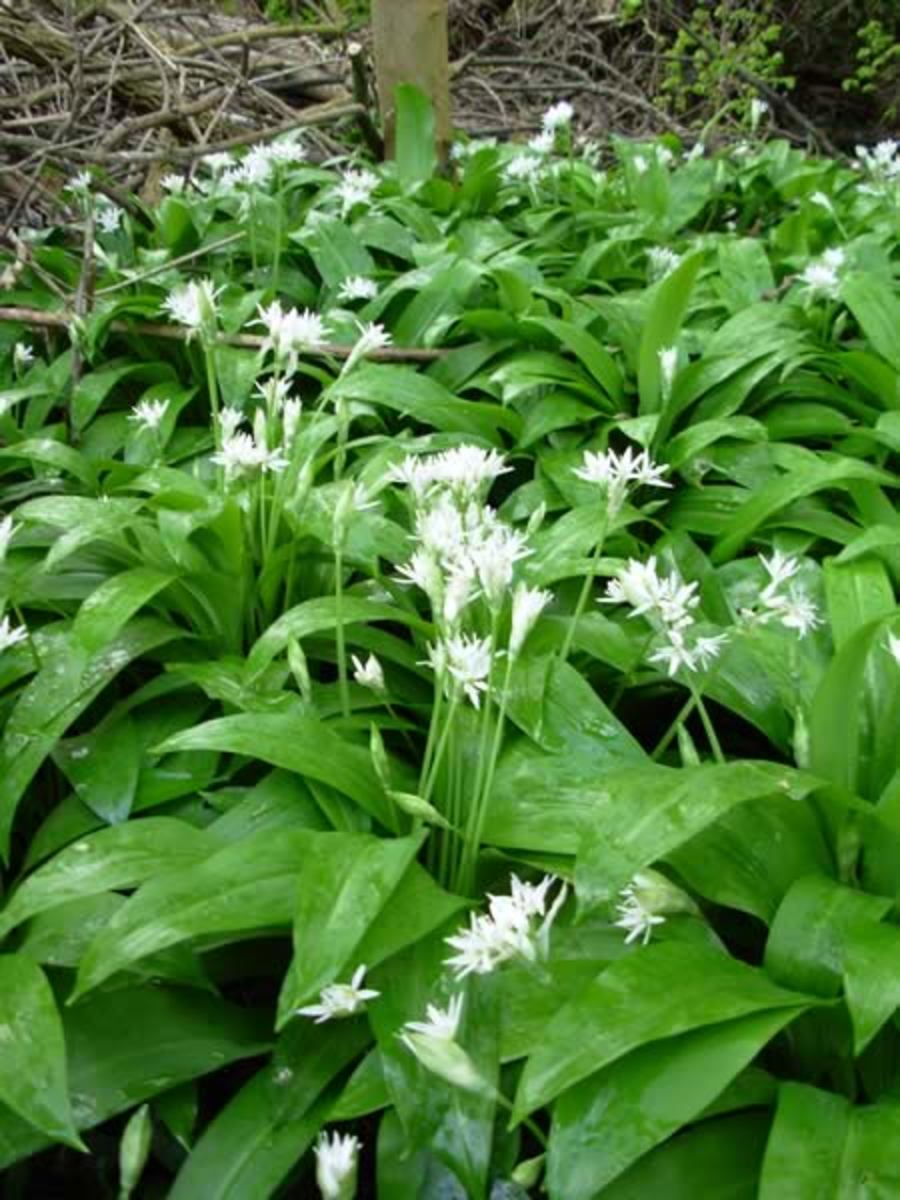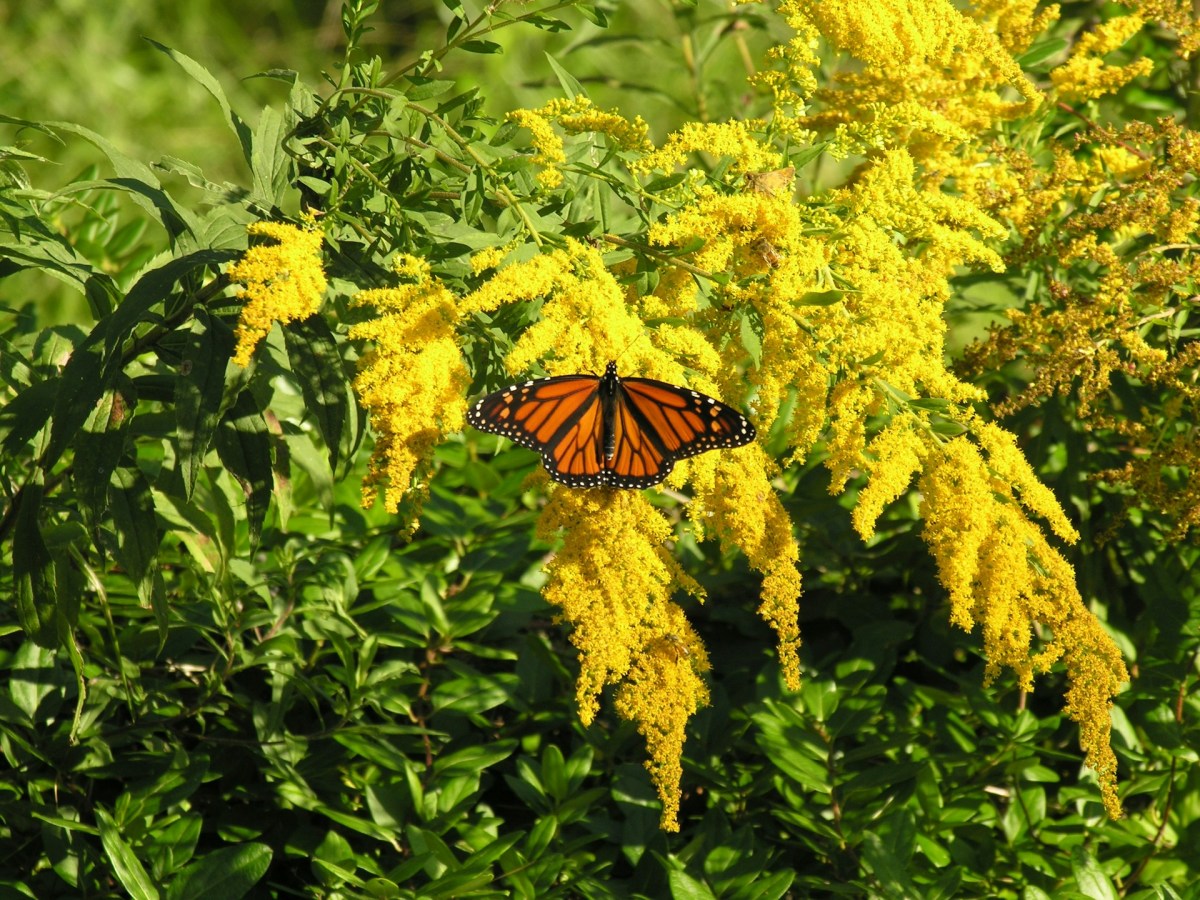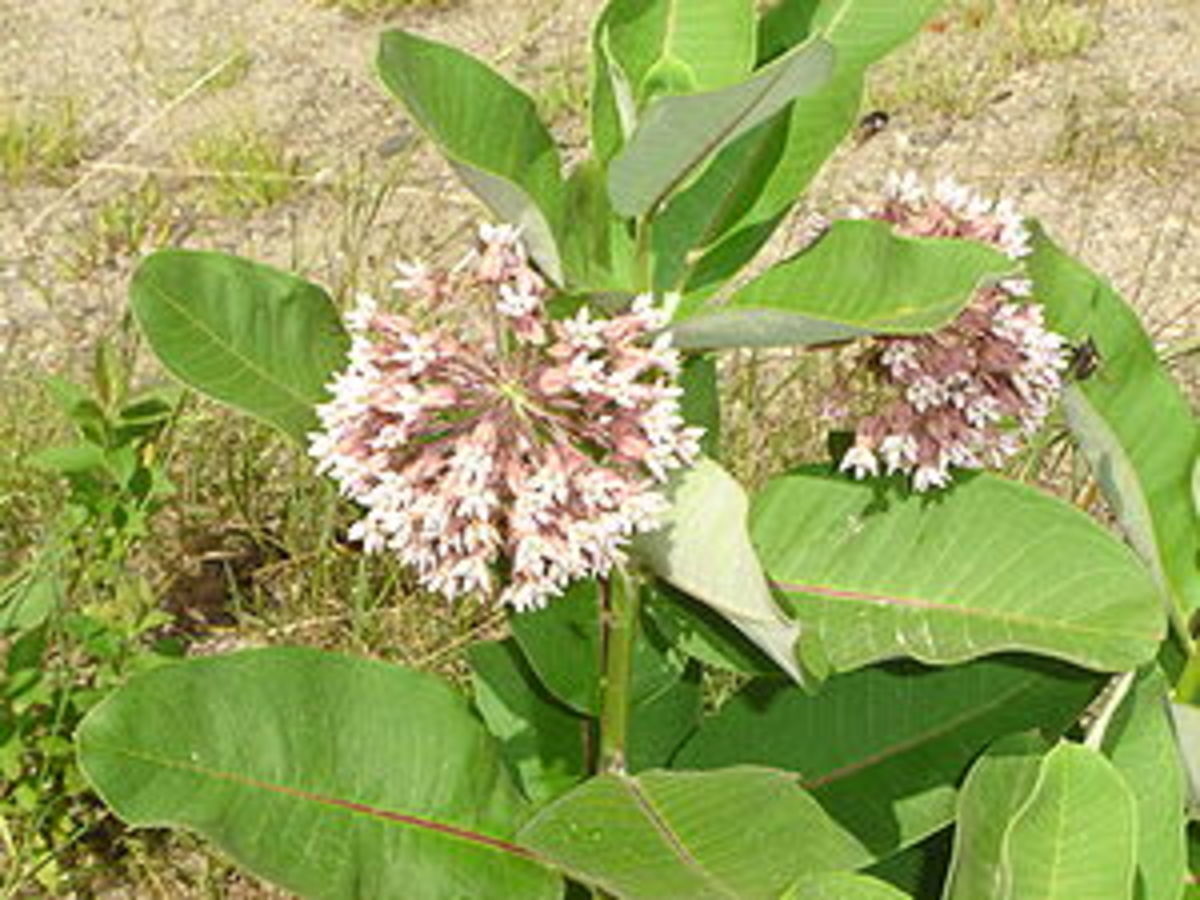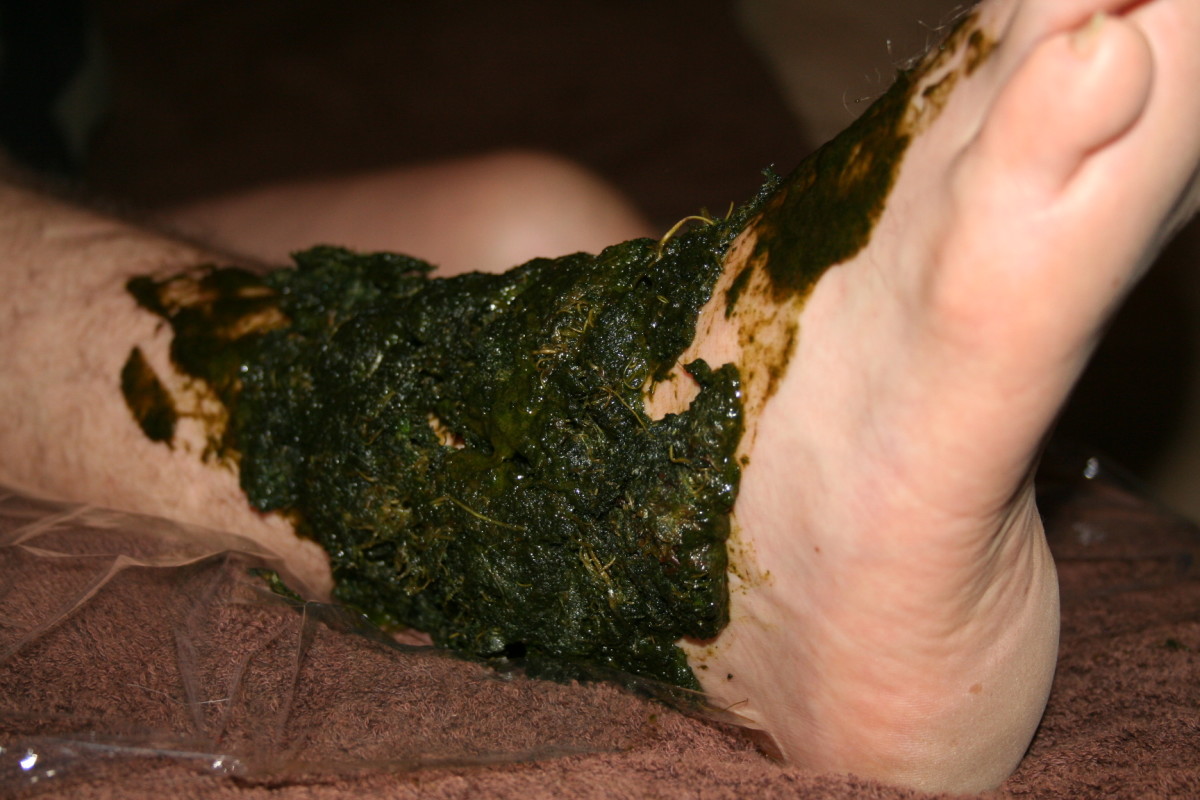My Favourite Wild Inland Edibles

I have been meaning to do this one for a while. As bushcraft and foraging is one of my most practiced hobbies as well as a large part of my lifestyle. I want to share some of my favourite wild foods that are out here in England in the summer. There is no particular order to this list.
My strict understanding in foraging is to 1: Not eat too much of anything unless you are 110% certain of what you are about to consume. 2: Be it that you are well informed of how much is toxic. 3: To know how to identify each individual plant according to its well known properties. 4: Not to over pick anything and to always leave a good amount for other animals.
& 5: "Any doubt, spit it out!"
Common Sorrel growing wild
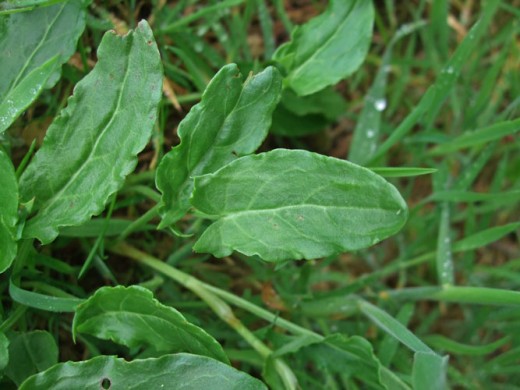
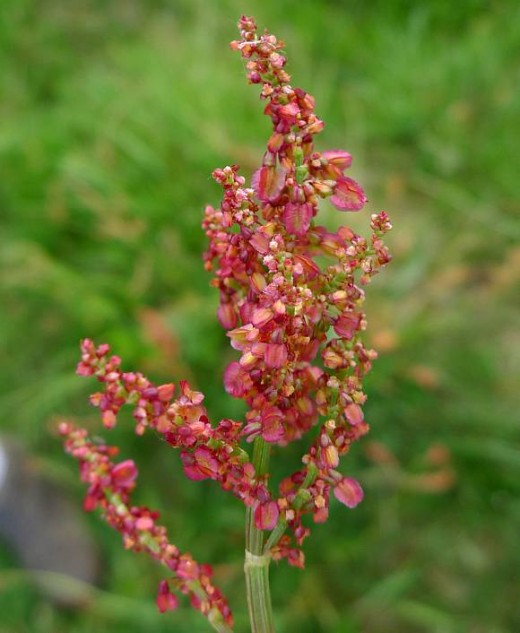
Common Sorrel
Otherwise known as garden sorrel or rumex acetosa, this wonderful herb tastes like sweet lemon and is perfect for general health. Eye sight, immunity, lowering blood sugar, increasing circulation, promoting oxygen to the cells, help kidney health, reduce certain skin conditions, increasing energy levels all the way to helping prevent cancer. I consider this one to be a lovely treat in replacement of unhealthy refined sweets, however, too much of this and it is toxic; as it contains oxalic acid which in large amounts is very dangerous. But that is only if you are eating a full bowlful of it each and every day. So I keep it to a little every so often.
If you think you have found this little gem on your country walk, be careful, as all wild herbs have lookalikes that are mildly to extremely toxic. Common Sorrel has a couple of similar looking docks that you dont want to end up eating. Young arum leaves are easily mistaken for sorrel but are poisonous, they are more wider looking and more vains, but if you have revised what Common Sorrel looks like then hopefully you will not make the mistake. If you do end up trying the arum leaf by accident, it will leave a burning sensation and can last for around an hour or two. Then you will be certain that it is not good. To be sure that you are picking Common Sorrel, you will identify lobes at the base of the leaf that point backwards down the stem. These lobes are always pointed on the Sorrel leaf. If they appear rounded on what you have picked, you most likely picked something else. When it flowers, the flower is a wonderul pinkish red color that form in little clusters that form long stretches of flower at the top of the plant.
- Sorrel - Energy and nutrional values of Sorrel - Vegetables and Nutrition
It is also an excellent source of the following vitamins: C, provitamin A and vitamin B9/Folacin.
Red Clover Flower
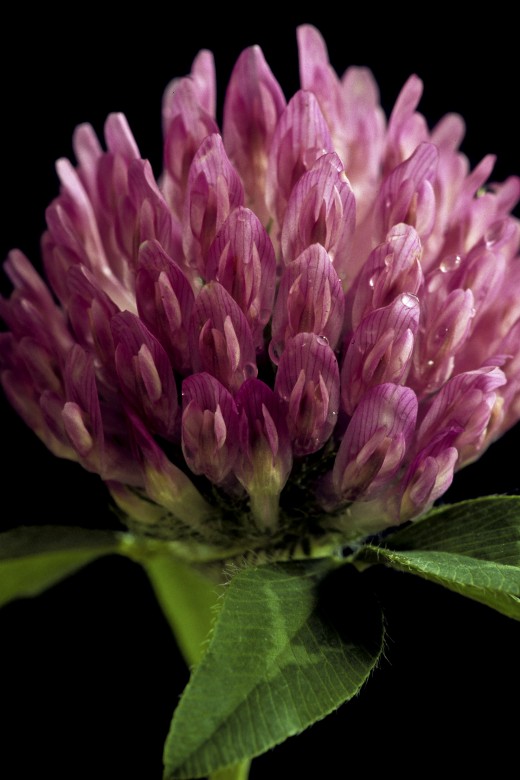
Red Clover
By the scientific name of Trifolium Pratense the red clover is not just an edible plant but a beautiful flower.
Great for indigestion, cough, asthma, sexually transmitted diseases, premenstural syndrome to the menopause symptoms. They are rich in water-soluble chemicals that are just like estrogens. That is why they are known to help PMS, breast tenderness, lowering cholesterol and many others even all the way to helping prevent benign prostate hyperplasia!
You can eat them raw, although you might get a bit of extra protein because of the small bugs in the flowers! You can also make teas with them.
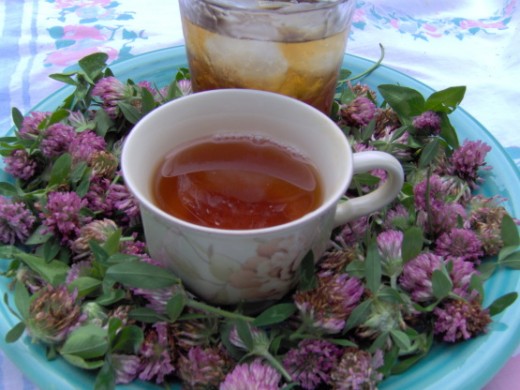
- Red Clover Benefits & Information (Trifolium Pratense)
Red clover is also a source of many valuable nutrients including calcium, chromium, magnesium, niacin, phosphorus, potassium, thiamine, and vitamin C.
Wild Garlic in Flower
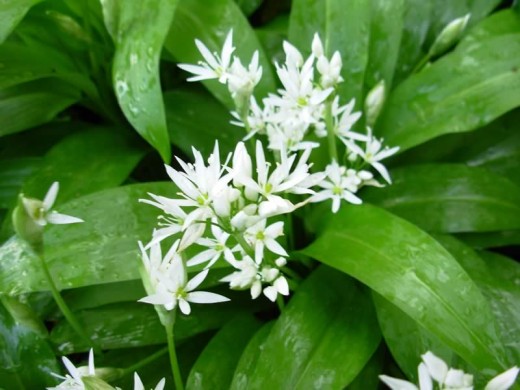
Ramsons (Wild Garlic)
A wild relative of chives, wild garlic (Allium ursinum) is recognised from its taste like the cultivated relative the garlic clove (Allium sativum), eventhough it is classed as an onion. It is a well known plant, and offers many health benefits. It does not taste as strong as the cultivated garlic we see on shelves today, it is much milder and almost sweeter in taste, and is preferable for me. It usually grows around March and lasts up until June, and can be found near riverbanks or damp woodland.
Wild garlic is an anti-everything... antibacterial, antibiotic, antifungal, antiseptic etc. It helps lower your blood sugar which is great treatment for people with high blood pressure and arteriosclerosis. It is good for external wounds as well if the leaves are crushed and applied.
I personally just love using wild garlic in home made garlic spread and slathering it over some einkorn bread! Although I most of the time eat things straight and not too heavily changed or cooked when it is from the wild.
- The Benefits And Uses of Ramsons (Wild Garlic)! | Healthy Body And Tips
Wild garlic – healing properties Wild garlic is rich in minerals and vitamin C, so it may help in different health problems. The leaves contain a greater quantity of vitamin C than the bulb, so people mostly use the wild garlic’s leaves.
Berries in Fruit
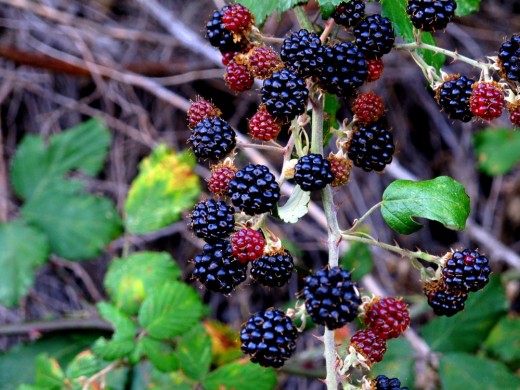
Bramble Berries, Blackberries
Blackberries are well known even throughout people who do not practice much foraging, and even more well known with gardeners who find that it's wild and rapid growth overpowers most gardens today. It's sharp thorns prove a challenge to all who dare pick the delicious berries. They are identified by its aggressive growth and thorny stems, tangly and dominant stature. It is certain that most people have seen it. The cultivated version of the plant has no thorns, and was introduced to gardens so people can easily pick them without the hassle of getting pricked once or twice.
The dark purple to almost black colour shows that it is a powerful antioxidant, and offers a great amount of health benefits and nutrition. Great for helping your body fight against infections, inflammation, neurological diseases, aging and even preventing cancers.
- Blackberries nutrition facts and health benefits
They carry adequate levels of vitamin A, vitamin E, and vitamin K (16% of RDA/100 g). Further, they are rich in several other health promoting flavonoid poly-phenolic antioxidants such as lutein, zea-xanthin, and ß-carotene in small amounts.
Relatively young Nettles
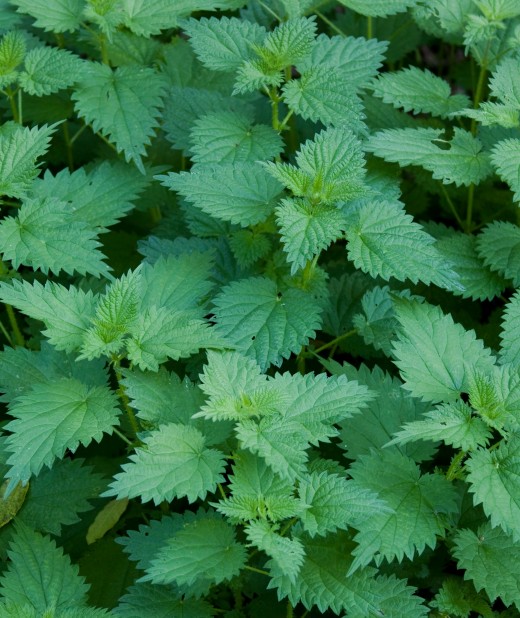
Common Nettle
Nettle tea, nettle soup, nettle smoothie...famous for their sneaky sting, many people recognise Nettles for their short term itchy, rash inducing trait; hence the well other known name the Stinging Nettle.
Just like many wild foods it also offers a wide range of health benefits: Allergy relief, pain relief, muscle tension relief, urinary issues, eczema, anemia, diarrhea and many more. It is high in iron and many other nutrients so every year when the leaves are relatively young, I pick a good quantity and add it to a smoothie (only the top four leaves though).
- Urtica dioica - Wikipedia, the free encyclopedia
Rich in vitamins A and C, iron, potassium, manganese, and calcium. In its peak season, nettle contains up to 25% protein, dry weight, which is high for a leafy green vegetable.
Yarrow in Bloom
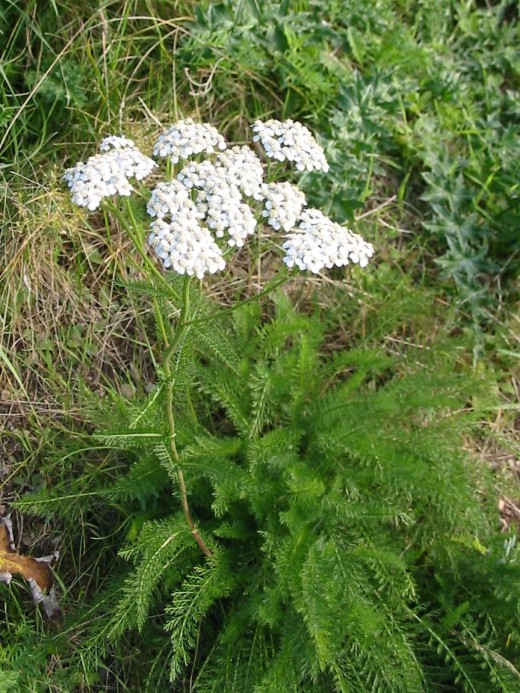
Yarrow
Another one of my favourites is Yarrow because it has one of the most quickest noticeable health benefits from personal experience. Recommended for women with their monthly cycles, but not pregnant women. Yarrow is a pain reliever externally and internally. It is an antibacterial, antiseptic, anti-inflammatory, cough relief, decongestant, helps with hemorrhoids, digestion, eczema, hay fever and others. The oil is vouched for releiving women with their PMS and others of arthritis. Grows in a sunny habitats such as fields, roadsides and even lawns or canyon bottoms.
I make a simple tea of a few leaves of yarrow and a teaspoon of local honey which has many helpful properties.
Geranium Robertianum
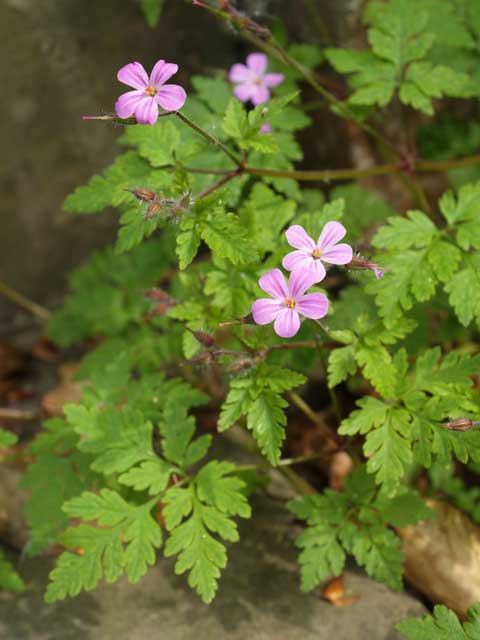
Herb Robert
The lacy, lovely defined leaves of Herb robert is something that makes the identification of this herb quite easy once you remember it. Although there are other similar looking plants, once you have practiced identifying Herb robert, you remember it as its pattern is always the prettiest (IMO). It grows in hedgegrows and on woodland edge floors. Another name for it is Stinky Bob, as some say that its scent that it gives off is somewhat unpleasant.
Herb Robert is one of my favourites because it is not just a beautiful plant, but also once ingested it gives the mind a wonderful clarity and a uplifted sensation. It promotes oxygen to all the cells (anti-cancerous), and is antiviral. It is a very theraputic plant and quite easily falls into my top 3 medicinal herbs. It is very good for illness and disease because of its oxidation properties. It returns the bodies capability to combat the bad toxins that once thrived off lack of oxygen in the cells. Herb robert raises immunity granting the power to fight the surrounding toxic cells.
Water Mint
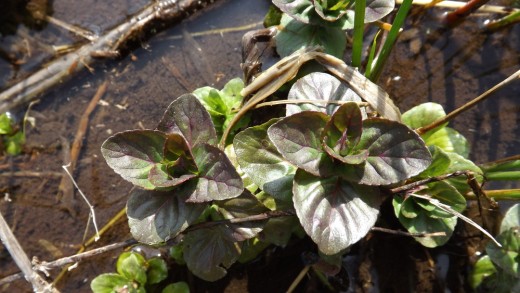
Water Mint is one of my favourite natural perfumes, breath mint (if you just ate some wild garlic) and general favourite. It is great for digestion, immunity, the liver etc. Is found in marshland and often near water sources or damp woodland.
Someone who taught me most of what I know about foraging
- Forage Frolics - Foraging courses in Northampton - Learn what edible plants you can forage and eat.
Forage Frolics - Learn, Love, Live the wild! Forage Frolics provides simple and basic courses in the realms of foraging
A foraged salad at the cost of £0. Bitter cress, garlic mustard, herb robert and swiss chard.
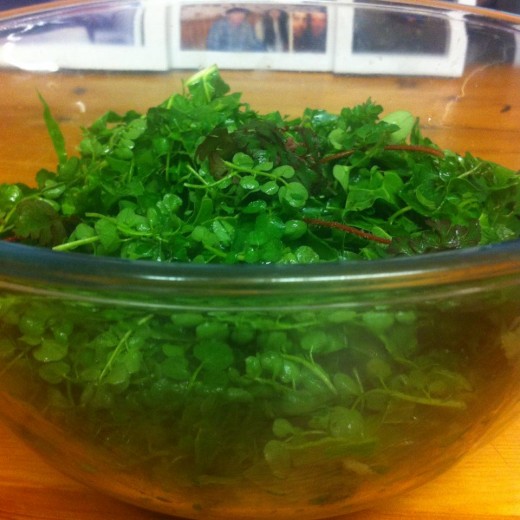
I always try to eat things from nature in their most natural, raw form. As intended. I try to discourage any cooking simply for the taste, as it could perhaps take away many nutritional and medicinal properties out of each plant.
Happy foraging!

